Nagasaki
 Monday, June 27, 2011 at 4:27PM
Monday, June 27, 2011 at 4:27PM
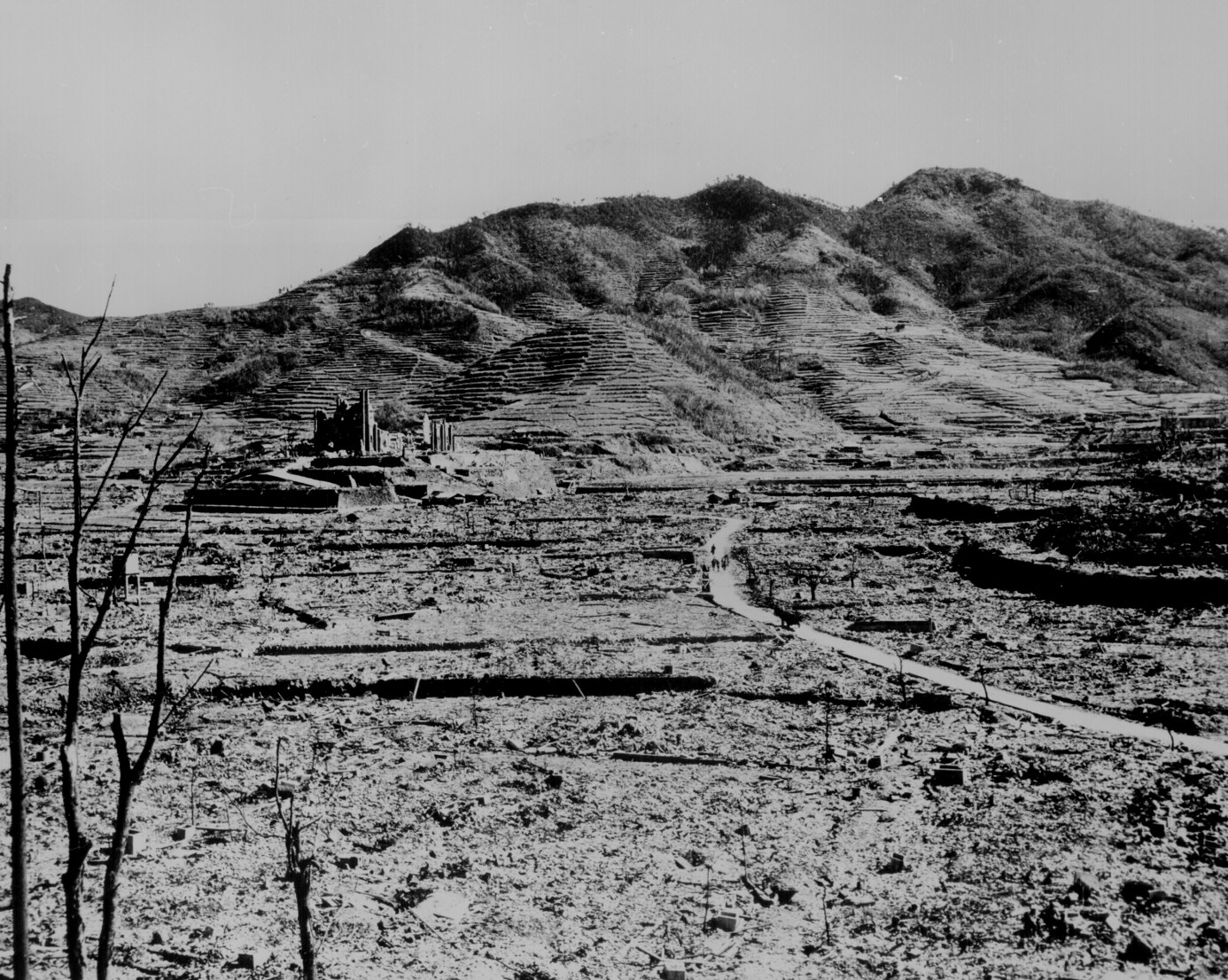 Nagasaki after the bombing. Today people throughout the world are familiar with Nagasaki because of a tragic episode in the city's history when the U.S. detonated atomic bomb, Fat Man, over it on August 9, 1945. Some sixty to eighty thousand people are estimated to have died, half on the day of the bombing and the rest with in four months from burns and radiation sickness.
Nagasaki after the bombing. Today people throughout the world are familiar with Nagasaki because of a tragic episode in the city's history when the U.S. detonated atomic bomb, Fat Man, over it on August 9, 1945. Some sixty to eighty thousand people are estimated to have died, half on the day of the bombing and the rest with in four months from burns and radiation sickness.
Although August 9th falls in the middle of summer vacation, the day is a school attendance day for students in Nagasaki. On that day, we offer the victims of the bombing a string of a thousand folded paper cranes.
Today, the Atomic Bomb Museum and Peace Park commemorate the event, lest we ever forget.
 A panoramic view of they hypocenter, the area directly below where the bomb was detonated
A panoramic view of they hypocenter, the area directly below where the bomb was detonated
Fortunately, there's a lot more to the city of Nagasaki than the atomic bomb.
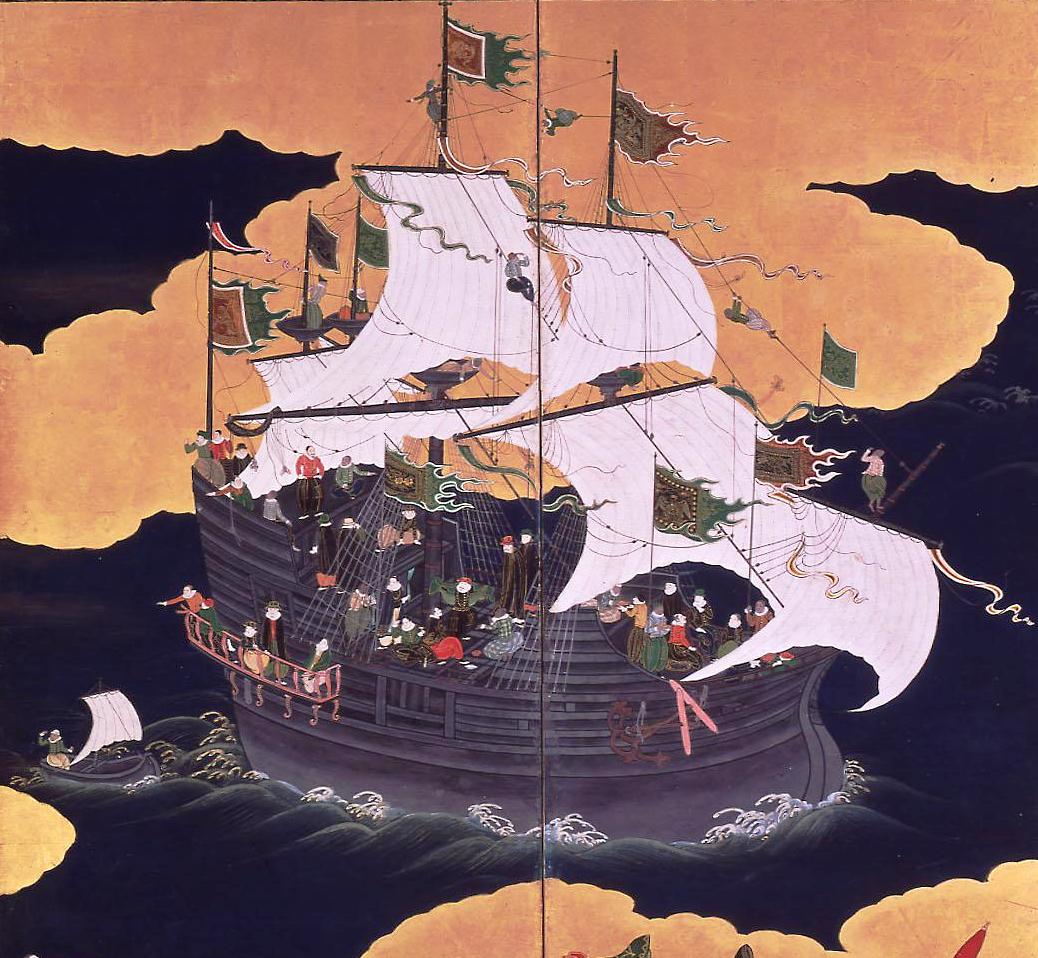 History
History
With the establishment of a port in 1571, Nagasaki quickly grew from a sleepy fishing hamlet into a bustling commercial city. Many of the exotic curiosities from the west, such as tobacco, bread, textiles, sponge-cake (called kasutera) and tempura, were first introduced to Japan through this town, and still bear their Portuguese names today.
In addition to goods from Europe and China, the traders also brought Christianity. The growing influence of the Catholic church in southern Japan, and the aggressive actions of the Jesuits who at one time had Nagasaki under their administrative and military control, would cause Catholicism to come under the suspicion of the shogunate. In 1614, the missionaries, having worn out their welcome, were ordered to leave and Christianity was officially banned. The Portuguese living on the specially-constructed island of Dejima were expelled, replaced by Dutch traders more interested in gold than god. 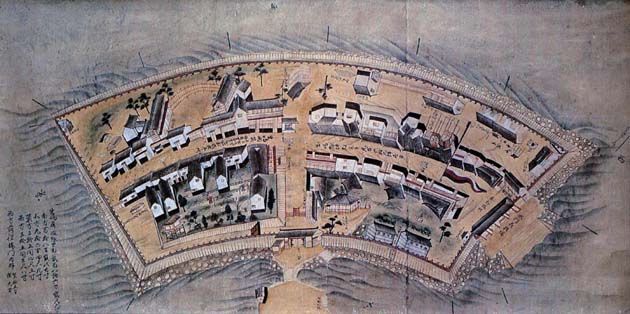 During Japan's 200-year-long isolation, Nagasaki was one of the few windows that remained open to the outside world. Depictions of the city in the art and literature of the time depicted the city as an intriguingly cosmopolitan port.
During Japan's 200-year-long isolation, Nagasaki was one of the few windows that remained open to the outside world. Depictions of the city in the art and literature of the time depicted the city as an intriguingly cosmopolitan port.
Following a lifting on the ban of western literature in the 18th century, Nagasaki came to be an important center for the study of European science and art, known as rangaku, or "Dutch Learning" until the reopening of Japan in 1868.
The Chinese living in Nagasaki enjoyed relatively more freedom than their Dutch counterparts at the time. Rampant smuggling from China in the 17th century, however, resulted in the leash being tightened, and the local Chinese residents were forced to live and work in a ghetto of sorts, known as Tojin Yashiki. After the Meiji Restoration, Tojin Yashiki became an important conduit for Chinese goods and culture. Both merchants and artists sailed between the Chinese mainland, and Nagasaki and the city flourished.
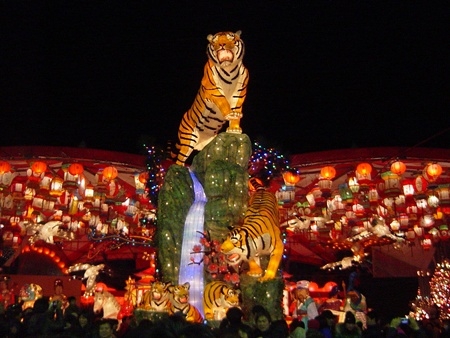 The Lantern Festival of today celebrating the Chinese New Year is a testament to the enduring spirit of the Chinese community in Nagasaki. In 1994, the city endorsed the festival and since then it has grown into the major event that it is today with more than fifteen thousand lanterns bringing a festive glow to the city. The Lantern Festival makes it an excellent time to visit this colorful city.
The Lantern Festival of today celebrating the Chinese New Year is a testament to the enduring spirit of the Chinese community in Nagasaki. In 1994, the city endorsed the festival and since then it has grown into the major event that it is today with more than fifteen thousand lanterns bringing a festive glow to the city. The Lantern Festival makes it an excellent time to visit this colorful city.
Dejima
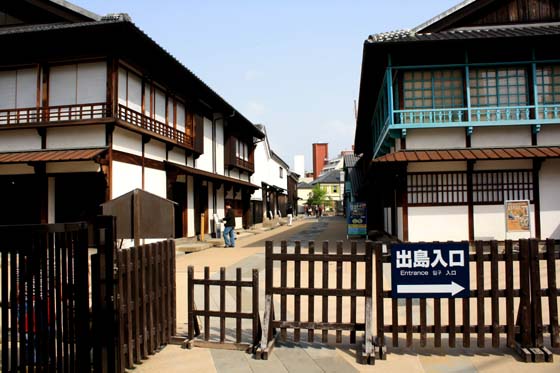 During the 200-plus year-long period the doors to Japan were double-bolted, trade with the Dutch and Chinese was permitted on a fan-shaped artificial island called Dejima. As Japan's only point of contact with the outside world, Dejima played a important role in the country's economic, cultural, and scientific development during the period of isolation. Penned in behind great wooden barriers, the Dutch traders were allowed to emerge once a year in order to visit Edo (Tôkyô) with gifts for the Shôgun. Once there, the Dutch were grilled for information, and, made to perform indignities, such as dance and sing. In return, two ships laden with precious cargo were permitted into Japanese waters annually, introducing billiards, beer, coffee, and so on to the secluded nation. Although a large number of Dutch were housed on the island while their ships were anchored there, only 15 or so remained to manage the day-to-day affairs. A short walk from Minato Park, the restored Dejima offers a unique glimpse into medieval Japan and the Age of Exploration.
During the 200-plus year-long period the doors to Japan were double-bolted, trade with the Dutch and Chinese was permitted on a fan-shaped artificial island called Dejima. As Japan's only point of contact with the outside world, Dejima played a important role in the country's economic, cultural, and scientific development during the period of isolation. Penned in behind great wooden barriers, the Dutch traders were allowed to emerge once a year in order to visit Edo (Tôkyô) with gifts for the Shôgun. Once there, the Dutch were grilled for information, and, made to perform indignities, such as dance and sing. In return, two ships laden with precious cargo were permitted into Japanese waters annually, introducing billiards, beer, coffee, and so on to the secluded nation. Although a large number of Dutch were housed on the island while their ships were anchored there, only 15 or so remained to manage the day-to-day affairs. A short walk from Minato Park, the restored Dejima offers a unique glimpse into medieval Japan and the Age of Exploration.
Higashi Yamate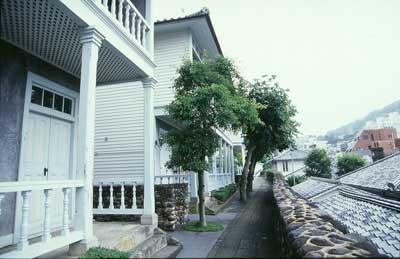 A stone's throw away from Nagasaki's foremost tourist attraction, Glover Garden, you'll find this quaint enclave of western style houses and buildings dating back a century or more when Japan opened her doors to the world and began her headlong rush into modernization. Of particular interest is the Chinsei Gakkuin ruins where, legend has it, the principal's wife relayed events occurring in the port town to her novelist brother, Luther Long, who penned the short story "Madame Butterfly," basis for Puccini's famous opera.
A stone's throw away from Nagasaki's foremost tourist attraction, Glover Garden, you'll find this quaint enclave of western style houses and buildings dating back a century or more when Japan opened her doors to the world and began her headlong rush into modernization. Of particular interest is the Chinsei Gakkuin ruins where, legend has it, the principal's wife relayed events occurring in the port town to her novelist brother, Luther Long, who penned the short story "Madame Butterfly," basis for Puccini's famous opera.
Siebold Memorial Museum Opened in 1989 in honor of the German doctor's immense contribution to the development of modern science in Japan, the museum was built on the site of Siebold's original clinic and boarding school known as Narutaki Juku. Arriving in 1823 as resident physician at the Dutch Trading Post on Dejima, Siebold conducted exhaustive research on the flora and fauna, geography, history, customs and arts of Japan. His "Nippon" published in 1832 was a catalyst for the Japonism movement in Europe. The museum displays 206 items detailing Siebold's six-years in Nagasaki, including the infamous "Siebold incident".
Written by Champons and Aonghas Crowe
Reader Comments